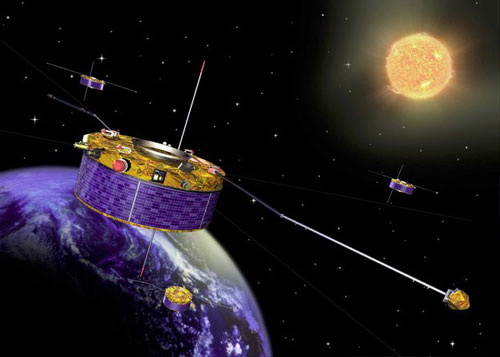 Since 2000, the four identical satellites of the Cluster quartet have been probing Earth's magnetosphere in three dimensions. This week, two of them made their closest-ever approach, just 4 km, enabling valuable data to be acquired with unprecedented detail.
Since 2000, the four identical satellites of the Cluster quartet have been probing Earth's magnetosphere in three dimensions. This week, two of them made their closest-ever approach, just 4 km, enabling valuable data to be acquired with unprecedented detail.
Sep 20th, 2013
Read more
Data from NASA's Curiosity rover has revealed the Martian environment lacks methane. This is a surprise to researchers because previous data reported by U.S. and international scientists indicated positive detections.
Sep 19th, 2013
Read more
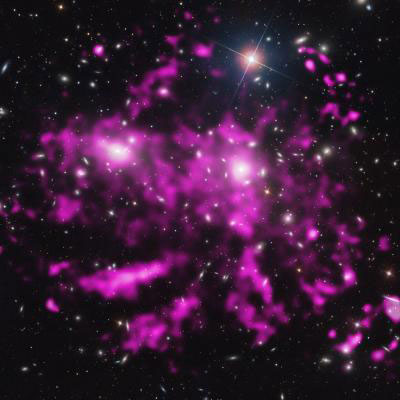 A team of astronomers has discovered enormous arms of hot gas in the Coma cluster of galaxies by using NASA's Chandra X-ray Observatory and ESA's XMM-Newton. These features, which span at least half a million light years, provide insight into how the Coma cluster has grown through mergers of smaller groups and clusters of galaxies to become one of the largest structures in the universe held together by gravity.
A team of astronomers has discovered enormous arms of hot gas in the Coma cluster of galaxies by using NASA's Chandra X-ray Observatory and ESA's XMM-Newton. These features, which span at least half a million light years, provide insight into how the Coma cluster has grown through mergers of smaller groups and clusters of galaxies to become one of the largest structures in the universe held together by gravity.
Sep 19th, 2013
Read more
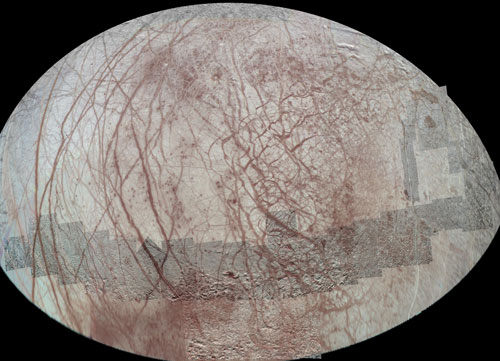 By analyzing the distinctive cracks lining the icy face of Europa, NASA scientists found evidence that this moon of Jupiter likely spun around a tilted axis at some point.
By analyzing the distinctive cracks lining the icy face of Europa, NASA scientists found evidence that this moon of Jupiter likely spun around a tilted axis at some point.
Sep 19th, 2013
Read more
China is willing to provide training and open the Chinese space station to foreign astronauts, senior space flight officials said.
Sep 19th, 2013
Read more
Researchers at EU-funded project AEROFAST ('Aerocapture for future space transportation') have successfully simulated a flight manoeuvre in which a space vehicle uses a planet's atmosphere to slow itself down.
Sep 18th, 2013
Read more
 On 16-17 September 2013 a scientific meeting in Geneva entitled 10 Years of Science with HARPS celebrated a decade of full operation of the High-Accuracy Radial Velocity Planet Searcher (HARPS) - the world's foremost planet hunter. The meeting paid tribute to the extraordinary scientific results HARPS has provided and the unrivalled window it opens onto one of the most exciting areas of current astronomical science - the search for and characterisation of planets around other stars.
On 16-17 September 2013 a scientific meeting in Geneva entitled 10 Years of Science with HARPS celebrated a decade of full operation of the High-Accuracy Radial Velocity Planet Searcher (HARPS) - the world's foremost planet hunter. The meeting paid tribute to the extraordinary scientific results HARPS has provided and the unrivalled window it opens onto one of the most exciting areas of current astronomical science - the search for and characterisation of planets around other stars.
Sep 18th, 2013
Read more
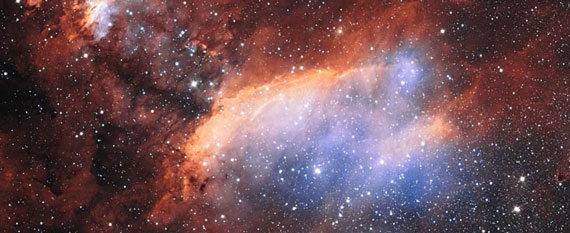 The glowing jumble of gas clouds visible in this new image make up a huge stellar nursery nicknamed the Prawn Nebula. Taken using the VLT Survey Telescope at ESO's Paranal Observatory in Chile, this may well be the sharpest picture ever taken of this object. It shows clumps of hot new-born stars nestled in among the clouds that make up the nebula.
The glowing jumble of gas clouds visible in this new image make up a huge stellar nursery nicknamed the Prawn Nebula. Taken using the VLT Survey Telescope at ESO's Paranal Observatory in Chile, this may well be the sharpest picture ever taken of this object. It shows clumps of hot new-born stars nestled in among the clouds that make up the nebula.
Sep 18th, 2013
Read more
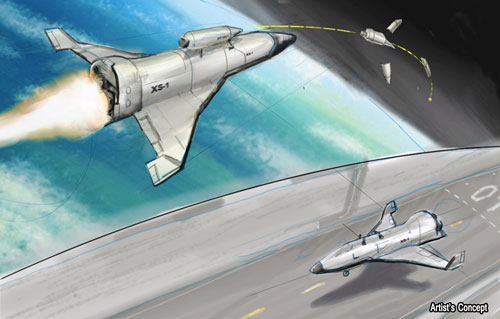 New program seeks to lower satellite launch costs by developing a reusable hypersonic unmanned vehicle with costs, operation and reliability similar to traditional aircraft.
New program seeks to lower satellite launch costs by developing a reusable hypersonic unmanned vehicle with costs, operation and reliability similar to traditional aircraft.
Sep 17th, 2013
Read more
MIT study finds that high-energy electrons in space may be to blame for some satellite failures.
Sep 16th, 2013
Read more
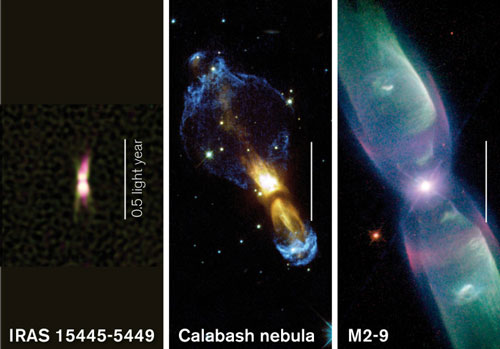 Astronomers have for the first time found a jet of high-energy particles from a dying star. The discovery, by a team including Chalmers scientists, is a crucial step in explaining how some of the most beautiful objects in space are formed - and what happens when stars like the sun reach the end of their lives.
Astronomers have for the first time found a jet of high-energy particles from a dying star. The discovery, by a team including Chalmers scientists, is a crucial step in explaining how some of the most beautiful objects in space are formed - and what happens when stars like the sun reach the end of their lives.
Sep 16th, 2013
Read more
Scientists have discovered a 'cosmic factory' for producing the building blocks of life, amino acids.
Sep 15th, 2013
Read more
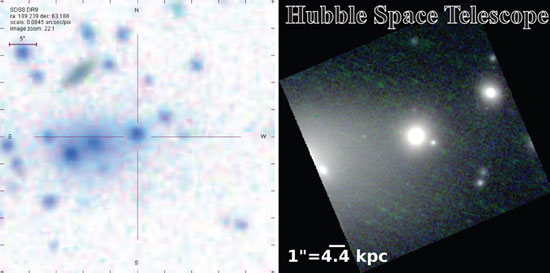 In 2005 the Hubble Space Telescope spotted unusually small galaxies densely packed with red stars in the distant, young universe. They were nicknamed "red nuggets." Since no "red nuggets" were seen nearby, astronomers wondered why they had disappeared over time. New research shows that they didn't disappear completely. In fact, they were simply hidden within the data of previous surveys.
In 2005 the Hubble Space Telescope spotted unusually small galaxies densely packed with red stars in the distant, young universe. They were nicknamed "red nuggets." Since no "red nuggets" were seen nearby, astronomers wondered why they had disappeared over time. New research shows that they didn't disappear completely. In fact, they were simply hidden within the data of previous surveys.
Sep 13th, 2013
Read more
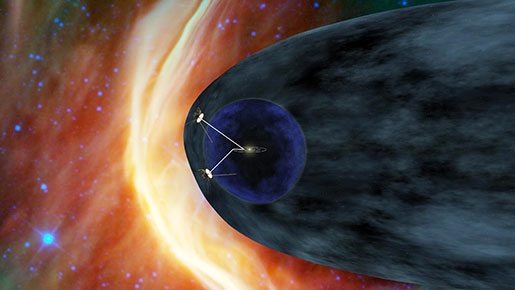 New data from NASA's Voyager 1 spacecraft, which has been hurtling away from the sun since it was launched in 1977, indicates that the spacecraft has indeed left the comfort of the heliosphere and entered into a region of cold, dark space, known as interstellar space.
New data from NASA's Voyager 1 spacecraft, which has been hurtling away from the sun since it was launched in 1977, indicates that the spacecraft has indeed left the comfort of the heliosphere and entered into a region of cold, dark space, known as interstellar space.
Sep 12th, 2013
Read more
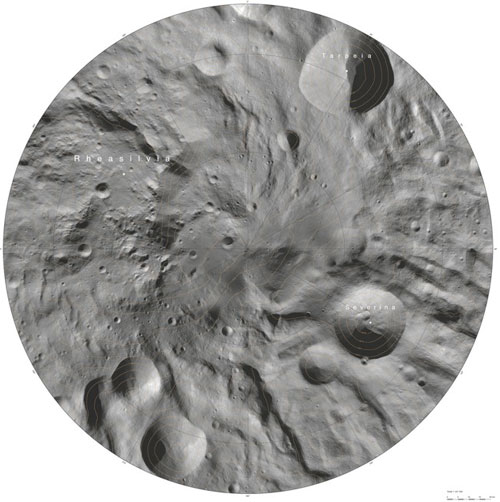 An atlas of the asteroid, Vesta, created from images taken during the Dawn Mission's Low Altitude Mapping Orbit (LAMO), is now accessible for the public to explore online. The set of maps has been created from mosaics of 10 000 images from Dawn's framing camera (FC) instrument, taken at an average altitude of about 210 kilometres.
An atlas of the asteroid, Vesta, created from images taken during the Dawn Mission's Low Altitude Mapping Orbit (LAMO), is now accessible for the public to explore online. The set of maps has been created from mosaics of 10 000 images from Dawn's framing camera (FC) instrument, taken at an average altitude of about 210 kilometres.
Sep 12th, 2013
Read more
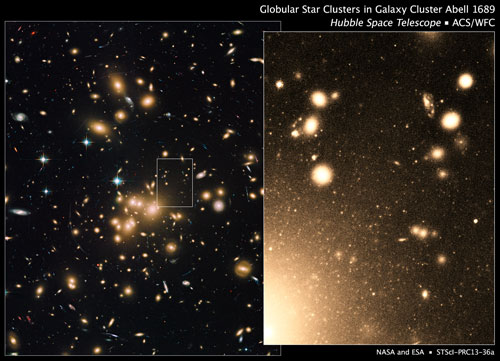 NASA's Hubble Space Telescope has uncovered the largest known population of globular star clusters, an estimated 160,000, swarming like bees inside the crowded core of the giant grouping of galaxies Abell 1689. By comparison, our Milky Way galaxy hosts about 150 such clusters.
NASA's Hubble Space Telescope has uncovered the largest known population of globular star clusters, an estimated 160,000, swarming like bees inside the crowded core of the giant grouping of galaxies Abell 1689. By comparison, our Milky Way galaxy hosts about 150 such clusters.
Sep 12th, 2013
Read more
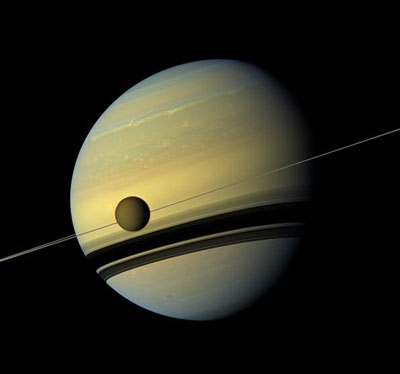 Glimpses of the nursery of life on Earth more than 3.5 billion years ago are coming from an unlikely venue almost 1 billion miles away, according to the leader of an effort to understand Titan, one of the most unusual moons in the solar system.
Glimpses of the nursery of life on Earth more than 3.5 billion years ago are coming from an unlikely venue almost 1 billion miles away, according to the leader of an effort to understand Titan, one of the most unusual moons in the solar system.
Sep 12th, 2013
Read more
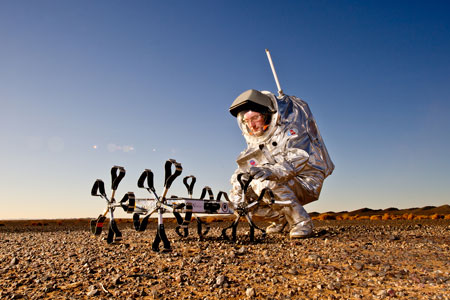 Sessions at the European Planetary Science Congress (EPSC) 2013 today encouraged dialogue between the entrepreneurs who are exploring alternative ways to reach the Moon, Mars and beyond and the scientists that may become their future potential customers for the commercial flight of science instrumentation, as well as providing key data to enable the missions.
Sessions at the European Planetary Science Congress (EPSC) 2013 today encouraged dialogue between the entrepreneurs who are exploring alternative ways to reach the Moon, Mars and beyond and the scientists that may become their future potential customers for the commercial flight of science instrumentation, as well as providing key data to enable the missions.
Sep 12th, 2013
Read more
 Since 2000, the four identical satellites of the Cluster quartet have been probing Earth's magnetosphere in three dimensions. This week, two of them made their closest-ever approach, just 4 km, enabling valuable data to be acquired with unprecedented detail.
Since 2000, the four identical satellites of the Cluster quartet have been probing Earth's magnetosphere in three dimensions. This week, two of them made their closest-ever approach, just 4 km, enabling valuable data to be acquired with unprecedented detail.
 Subscribe to our Space Exploration News feed
Subscribe to our Space Exploration News feed










